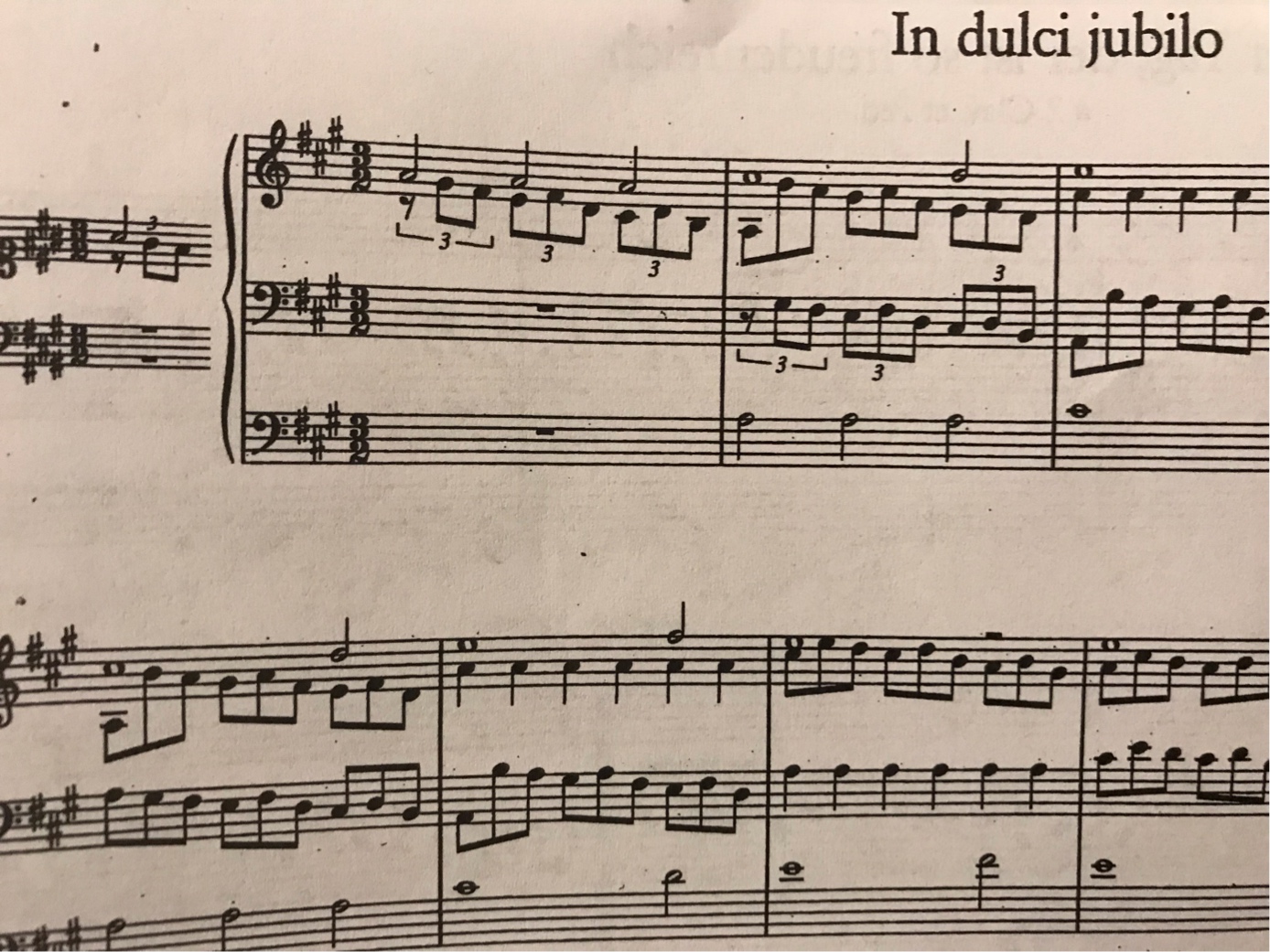In the following piece from J.S. Bach’s Orgelbüchlein, the nearly constant triplet line seems to be incorrect:
The time signature is 3/2, but there are 9 eighth-note triplets per measure rather than the 9 quarter-note triplets I would have expected. The composer’s intent is perfectly obvious, but I’m still curious—it seems there are a few possibilities here:
- I am simply wrong, and this is a well-accepted way to notate the rhythm in question
- Bach (or the editor) has made a mistake and they should be quarter-note triplets
- Neither of us is wrong, but the proper notation for triplets has changed between the Baroque and now. This was considered entirely correct in Bach’s day.
- Notation of lots of things was far less standardized then than it is now, and this is simply an example of that. My search for a “proper” notation of triplets in this era is anachronistic in much the same way as a search for the “correct” spelling of English words in the 17th-century would be.
I’m sure there are other possibilities as well. Does anyone know for certain?

